May 19, 2024 | 16:58 GMT +7
May 19, 2024 | 16:58 GMT +7
Hotline: 0913.378.918
May 19, 2024 | 16:58 GMT +7
Hotline: 0913.378.918
On May 4, 2024, Decision No. 370/QD-TTg was signed by Prime Minister Pham Minh Chinh, approving the Southeast region planning for the period 2021-2030, with a vision to 2050.
The planning boundary of this region encompasses five provinces, namely Dong Nai, Binh Duong, Ba Ria-Vung Tau, Binh Phuoc, and Tay Ninh, in addition to the entire administrative boundaries of Ho Chi Minh City.
The Southeast region aims to achieve the following by 2030: become a developed, modern area with developed industries, surpassing the high-income threshold and leading the nation in material and spiritual life; serve as the primary driver of national growth through dynamic development and high growth rates; function as a hub for science, technology, and innovation, high-tech industry, and logistics; and operate as an international financial center with a strong competitive edge in the region. Leading in growth model of innovation, digital transformation, cultural, social, educational, training, health sector development, green economic development, carbon emission reduction, and climate change adaptation. The swift advancement of smart, green, and modern urban infrastructure.
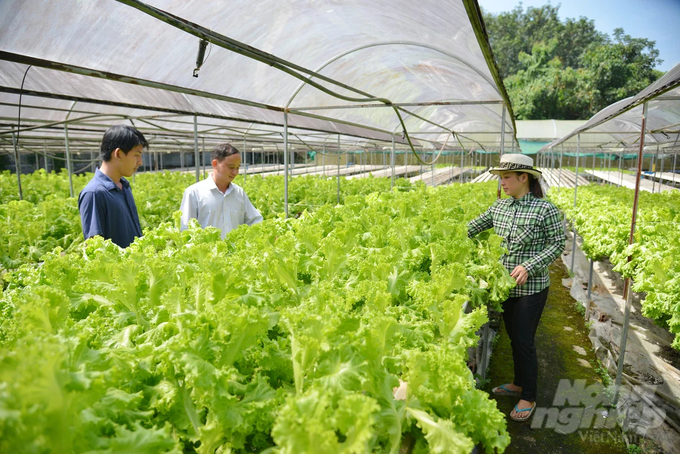
The Southeast region planning for the period 2021-2030, with a vision to 2050, sets the direction to vigorously restructure agriculture toward the development of a highly efficient, smart, circular, ecological, and sustainable agricultural economy. Photo: Nguyen Thuy.
The Southeast region is a pioneer in digital society and the digital economy; it serves as the country's economic, financial, commercial, cultural, educational, scientific, and technological hub; it attracts international financial institutions and large economic conglomerates; it occupies a prominent position in Southeast Asia; and its development is comparable to that of major cities in Asia.
Particular goals and targets: Concerning the economy, the Southeast region aims to achieve an average annual GRDP development rate of 8–9% between 2021 and 2030. The average GRDP per capita at current prices is expected to reach about 380-420 million VND, equivalent to 14,500-16,000 USD.
Regarding society, the objective is for the Human Development Index (HDI) to surpass 0.8. 40-45% of trained labor is anticipated to possess certified qualifications, and the unemployment rate is expected to remain below 3%, etc.
The Southeast region's efforts to attain a developed status and a high-income status by 2050. It aspires to be a hub of science, technology, and innovation, a high-tech industry, logistics, and an international financial center that ranks among the foremost in the region and the world. Furthermore, it seeks to establish a modern and synchronized infrastructure to support these objectives. Harmonious economic and cultural development, societal progress, environmental preservation, climate change mitigation, and more.
It is anticipated that the Gross Regional Domestic Product (GRDP) will increase by approximately 7.5% annually between 2031 and 2050, resulting in an approximate per capita GRDP of 54,000 USD by 2050.
The planning outlines strategic objectives for the vigorous restructuring of agriculture, forestry, and fisheries in order to establish an ecologically sustainable and smart agricultural economy that is both highly efficient and intelligent. This entails the conservation of resources, adaptation to climate change, and the sustainable utilization of resources throughout the entire production chain, encompassing cultivation, processing, and final product consumption. Promoting cooperative enterprises; restructuring production methods; innovating management practices; strengthening connections; facilitating collective economic development; establishing region-specific codes for agricultural products; integrating agricultural development with tourism; and establishing digital transformation in agriculture.
The aim is to advance ecological and sustainable agriculture through the implementation of advanced technology and eco-tourism. This entails the creation of concentrated agricultural production zones in the Northwest and Northern regions, encompassing provinces such as Tay Ninh, Binh Phuoc, Dong Nai, and Binh Duong. The strategic emphasis will be on profitable industrial crops including rubber, cashew nuts, black pepper, and diverse fruit trees. Developing concentrated livestock farming in the form of farms and enterprises supplying processing industries in provinces such as Dong Nai, Binh Phuoc, and Tay Ninh with pig farming, poultry, and dairy cattle as the primary products.
Enhancing the sustainability and efficacy of seafood extraction while reorganizing the fishing industry to accommodate seafood resources and natural conditions. Investing in massive fishing training centers associated with Southeast Asian fisheries in Ba Ria-Vung Tau; constructing the Ho Chi Minh City seafood center in the Can Gio district to provide deep processing in conjunction with fish ports. Prioritizing offshore regions while encouraging the development of industrial-scale marine aquaculture in coastal areas with favorable conditions in order to transform marine aquaculture into a commodity production sector.
Developing centers for the production of superior crops and animals to meet the needs of both the local and regional markets. Developing agricultural product logistics centers in the vicinity to facilitate the export, processing, and quality control of agricultural products originating from the region and its environs.
Developing watershed protection forests, coastal protection forests, and special-use forests. Promoting sustainable forestry based on efficient forest resource management and utilization. Developing agroforestry combination, non-timber forest products, urban forestry, landscape and sustainable tourism associated with forests. Increasing revenue from forest environmental services, carbon credit trading services, and developing forest-edge economies.
Translated by Linh Linh
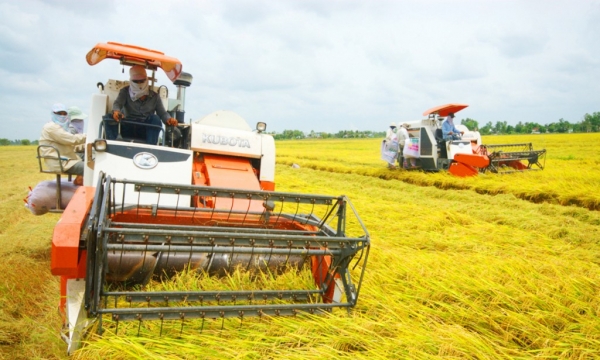
(VAN) The Multi-phase Approach (MPA) program aims to encourage client countries to invest in low-emission rice production.
/2024/05/15/1131-2-090733_559.jpg)
(VAN) The Vietnam Trade Office in Sweden said that the Northern European market has just added a number of regulations for imported cashew nuts.
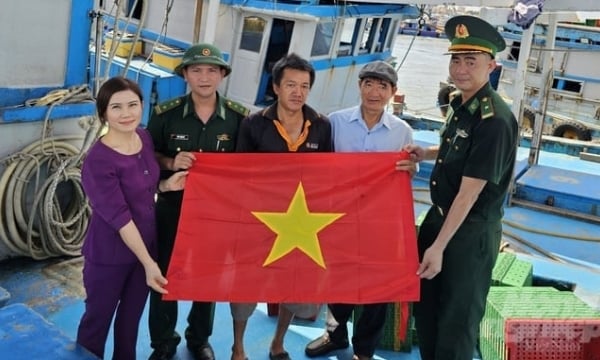
(VAN) That is the decisive directive of the Chairman of the People's Committee of Vung Tau City in preventing IUU fishing violations in the locality.
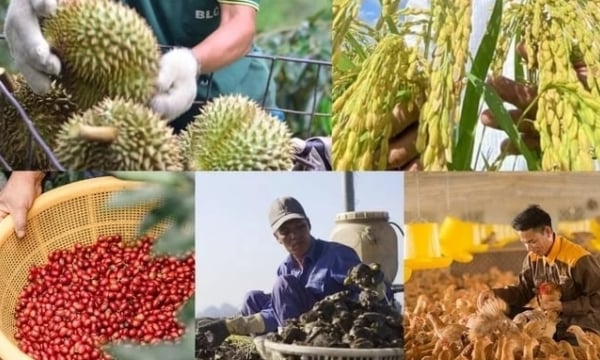
(VAN) The Government requestes ministries, departments and localities create favorable conditions, encourage farmers and agriculturists to study and increase their specialized levels.
/2024/05/12/1930-2-141548_348.jpg)
(VAN) Deputy Prime Minister Tran Luu Quang raised nine tasks and solutions for forces to prevent and overcome the consequences of natural disasters in the coming period at a conference on May 10.
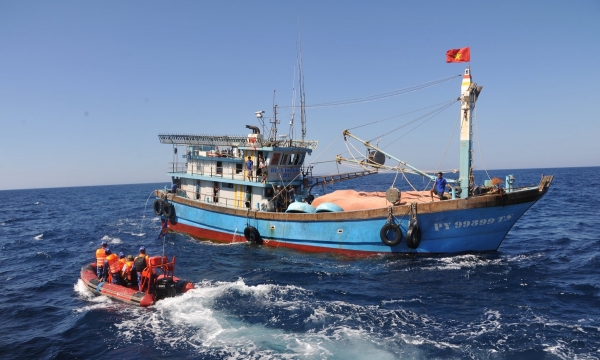
(VAN) The vission by 2050 is set on the Aquatic Resource Protection and Exploitation Planning in the period of 2021-2030, vision to 2050.
/2024/05/10/2117-1-230539_370.jpg)
(VAN) Households assigned sea surface must make the conversion from foam buoys to HDPE floating material. Any household that does not guarantee this will withdraw the decision to assign sea areas.